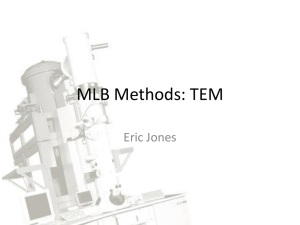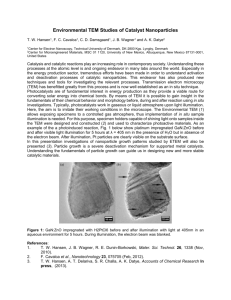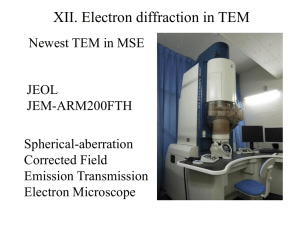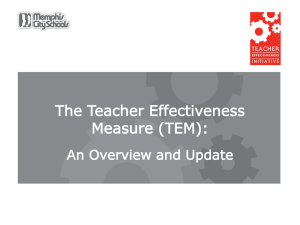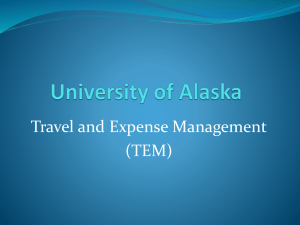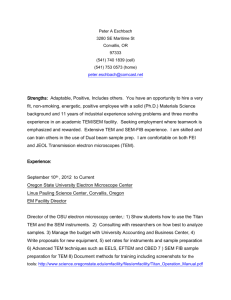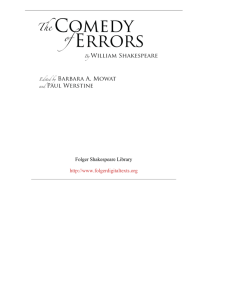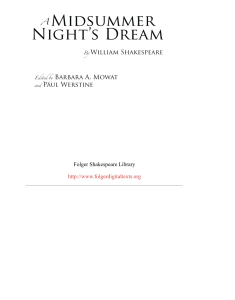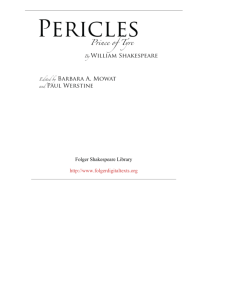2013 Transmission Electron Microscope booking form
advertisement
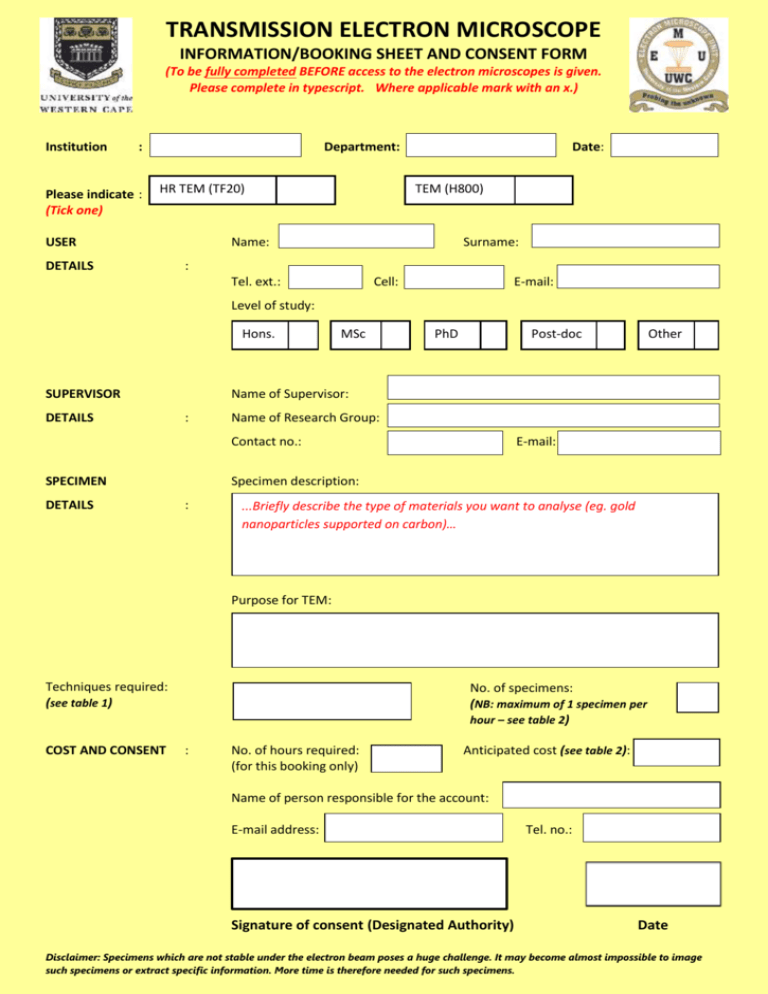
TRANSMISSION ELECTRON MICROSCOPE INFORMATION/BOOKING SHEET AND CONSENT FORM (To be fully completed BEFORE access to the electron microscopes is given. Please complete in typescript. Where applicable mark with an x.) Institution : Please indicate : (Tick one) Department: HR TEM (TF20) USER DETAILS Date: TEM (H800) Name: Surname: : Tel. ext.: Cell: E-mail: Level of study: Hons. SUPERVISOR DETAILS MSc PhD Post-doc Name of Supervisor: : Name of Research Group: Contact no.: SPECIMEN DETAILS Other E-mail: Specimen description: : ...Briefly describe the type of materials you want to analyse (eg. gold nanoparticles supported on carbon)… Purpose for TEM: Techniques required: (see table 1) COST AND CONSENT No. of specimens: (NB: maximum of 1 specimen per hour – see table 2) : No. of hours required: (for this booking only) Anticipated cost (see table 2): Name of person responsible for the account: E-mail address: Signature of consent (Designated Authority) Tel. no.: Date Disclaimer: Specimens which are not stable under the electron beam poses a huge challenge. It may become almost impossible to image such specimens or extract specific information. More time is therefore needed for such specimens. Table 1: Technique and Description TEM (Transmission Electron Microscopy) for studying the internal ultrastructure of specimens. STEM (Scanning TEM) combination of SEM and TEM, mainly used for analytical work and imaging. EDS – (Energy Dispersive Spectroscopy) – for elemental analysis for a large range of elements (from Boron and up). SAD (Selected Area Diffraction) – Electron Diffraction, analysis of materials for elemental and phase determination. X-Ray Mapping – Mapping of elemental compositions in EDS/WDS (This technique is comparatively more time consuming in TEM if good quality maps are required, as the x-ray signal is not as strong as in SEM of bulk material). CBED (Convergent Beam Electron Diffraction) - Used to obtain advanced crystallographic information . EF TEM (Energy Filtering TEM) using certain range of electron energies to form an image. Can be used for elemental maps and improving contrast in an image. EELS (Electron Energy Loss Spectroscopy) – gives elemental and chemical bonding information. PC (Plasma cleaning) –can be applied to all specimens ex situ. - used to clean special surfaces after contamination build-up. Contamination free surfaces are vital for HR TEM work. Table 2: Academic rates and average time allocation per specimen for normal imaging and EDS in TEM/SEM mode INSTRUMENT HR TEM (TF20) H800 TEM AVERAGE IMAGING RESOLUTION (nm) 0.25 1.5 TECHNIQUES AVAILABLE RATE PER HOUR TEM, STEM, EDS, SAD, EFTEM, EELS, X-RAY MAPPING R300.00 TEM, SAD Free AVE. TIME PER SPECIMEN FOR NORMAL IMAGE ACQUISITION 45 minutes to 2 hrs (X-ray mapping will take longer) 30mins to 1 hr Disclaimer: Specimens which are not stable under the electron beam poses a huge challenge. It may become almost impossible to image such specimens or extract specific information. More time is therefore needed for such specimens.

